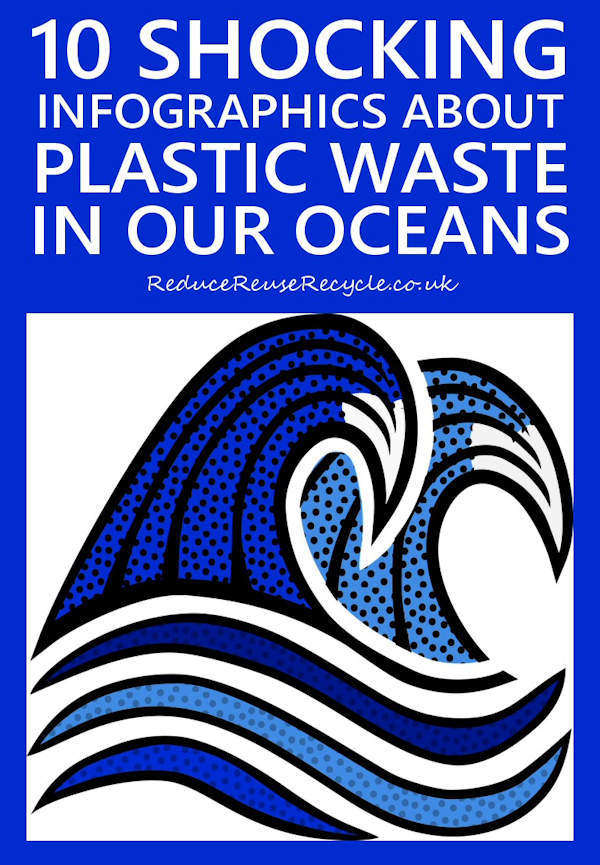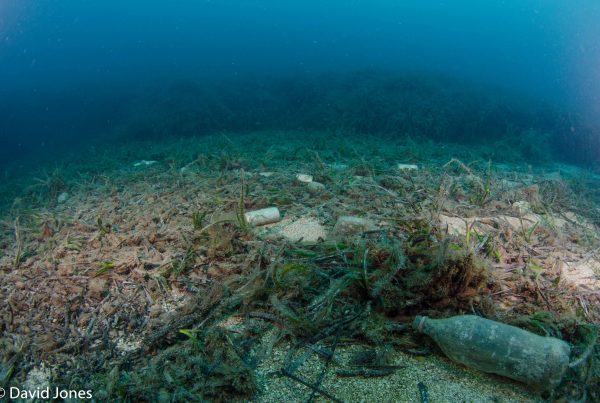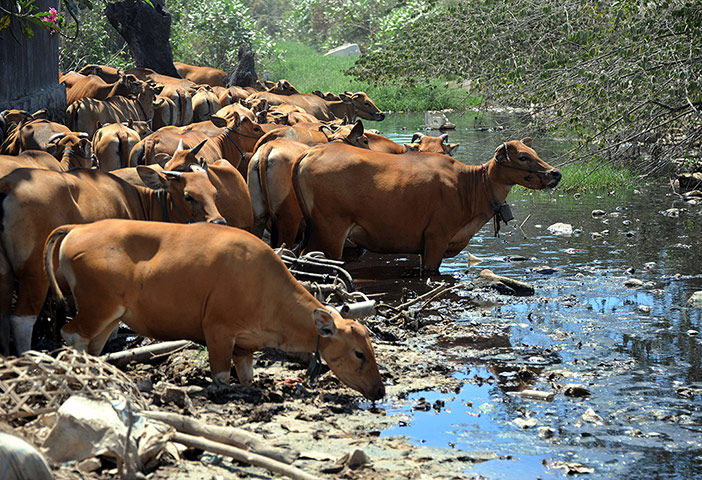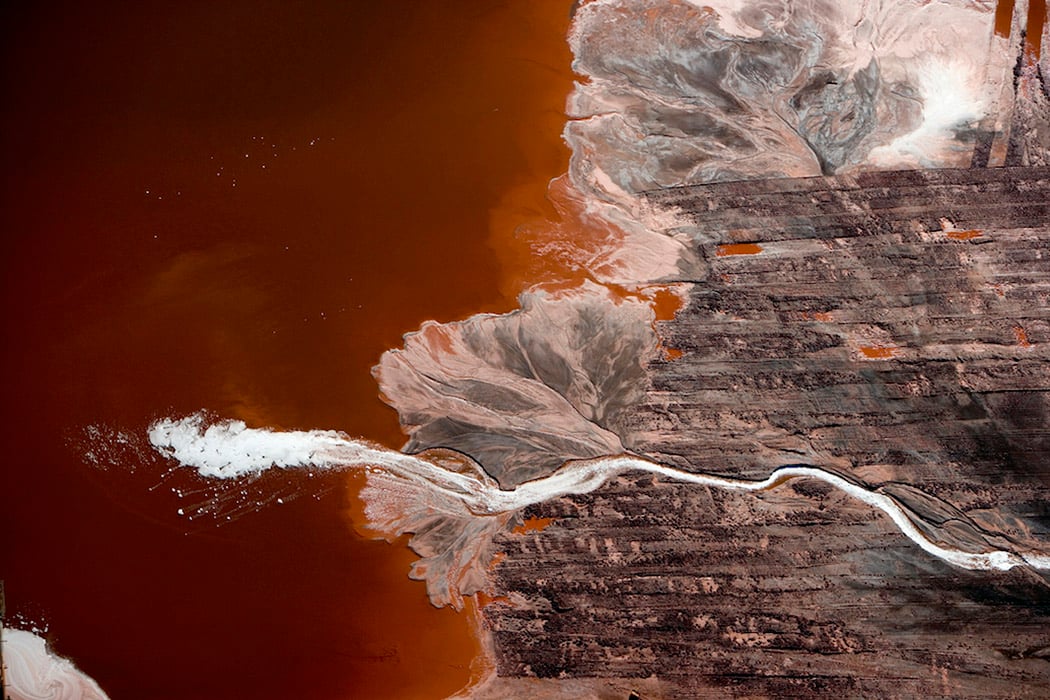Animal waste and water pollution information
Home » Trend » Animal waste and water pollution informationYour Animal waste and water pollution images are ready. Animal waste and water pollution are a topic that is being searched for and liked by netizens today. You can Find and Download the Animal waste and water pollution files here. Get all free photos and vectors.
If you’re looking for animal waste and water pollution pictures information related to the animal waste and water pollution interest, you have come to the right site. Our website always gives you hints for seeking the maximum quality video and picture content, please kindly search and find more enlightening video content and images that match your interests.
Animal Waste And Water Pollution. When this waste ends up in water bodies, it decomposes, releasing nutrients that cause excessive growth of algae and weeds. Animal feeding operations (afos) are agricultural operations where animals are kept and raised in confined situations. Carrying many pollutants along with the water. The presence of pet waste in stormwater runoff has a number of implications for urban stream water quality with perhaps the greatest impact from fecal bacteria (for more information see microbes in urban watersheds:
 Nonpoint Source Pollution Quiz From purposegames.com
Nonpoint Source Pollution Quiz From purposegames.com
When pet waste is washed into water bodies, the waste decays—using up oxygen and sometimes releasing ammonia. These animals harbor zoonotic pathogens that are transported in the environment by water, especially runoff. Seemingly small sources of pollution that can add up to big problems for water quality, and even human health. However, under certain production conditions, the waste may also include straw, hay, wood shavings, or other sources of organic debris. It has been estimated that there may be as much as 2 billion tons of animal wastes produced in the united states annually. Animal waste and water quality:
It has been estimated that there may be as much as 2 billion tons of animal wastes produced in the united states annually.
Always remove waste from areas where children play. More than 85% of the world’s faecal waste is from domestic animals such as poultry, cattle, sheep and pigs. Epa, the release of waste from animal feedlots to surface water, groundwater, soil, and air is. Animal waste and water quality: Animal waste contains two main types of pollutants that harm local waters: It is worth noting that states with the most cafos, including iowa, north carolina and california, have particularly lax laws, regulation and enforcement on water and air quality, while states trying to attract cafo development often do so by making these standards more lenient, including by exempting animal feeding operations from pollution rules that govern.
 Source: reducereuserecycle.co.uk
Source: reducereuserecycle.co.uk
Animal waste contains two main types of pollutants that harm local waters: Animal waste and water quality: Animal feeding operations (afos) are agricultural operations where animals are kept and raised in confined situations. More than a million sea birds and mammals are killed each year by ingestion of plastic. However, under certain production conditions, the waste may also include straw, hay, wood shavings, or other sources of organic debris.
 Source: change.org
Source: change.org
Animal waste contains two main types of pollutants that harm local waters: Animal waste contains two main types of pollutants that harm local waters: Concentrations, sources and pathways, article 17 in the practice of watershed protection). Animal agriculture manure and farming fertilizers bring nutrients such as nitrogen, phosphorus, and potassium to the proverbial water pollution “table.” Pet waste also contains nutrients that encourage weed and algae growth—making the water unattractive for
 Source: businessinsider.com.au
Source: businessinsider.com.au
These animals harbor zoonotic pathogens that are transported in the environment by water, especially runoff. Epa, the release of waste from animal feedlots to surface water, groundwater, soil, and air is. However, little information exists on health effects associated with exposure to this potential hazard, and water standards focused. More than 85% of the world’s faecal waste is from domestic animals such as poultry, cattle, sheep and pigs. It is worth noting that states with the most cafos, including iowa, north carolina and california, have particularly lax laws, regulation and enforcement on water and air quality, while states trying to attract cafo development often do so by making these standards more lenient, including by exempting animal feeding operations from pollution rules that govern.
 Source: justoneocean.org
Source: justoneocean.org
More than a million sea birds and mammals are killed each year by ingestion of plastic. Animal wastes are pollutants of increasing concern both to the public and to regulatory bodies because they have the potential to contaminate both surface and groundwater. 2) land application of animal waste for soil fertilization makes a significant contribution to water pollution; When this waste ends up in water bodies, it decomposes, releasing nutrients that cause excessive growth of algae and weeds. Animal waste contains two main types of pollutants that harm local waters:
 Source: purposegames.com
Source: purposegames.com
Animal wastes are pollutants of increasing concern both to the public and to regulatory bodies because they have the potential to contaminate both surface and groundwater. When pet waste is washed into lakes and streams, the waste decays, using up oxygen and sometimes releasing ammonia. Animal agricultural wastes can be divided into two production types: These animals harbor zoonotic pathogens that are transported in the environment by water, especially runoff. Around 100 million tons of plastic is produced every year, of which 10 percent ends up in the sea.
 Source: theguardian.com
Source: theguardian.com
They are the most frequent victims of diseases from pet waste. Pet waste also contains nutrients that encourage weed and algae growth—making the water unattractive for It is worth noting that states with the most cafos, including iowa, north carolina and california, have particularly lax laws, regulation and enforcement on water and air quality, while states trying to attract cafo development often do so by making these standards more lenient, including by exempting animal feeding operations from pollution rules that govern. More than a million sea birds and mammals are killed each year by ingestion of plastic. Degradation of the nation’s surface waters.8data collected for the epa’s 2000 national water.
 Source: youtube.com
Source: youtube.com
- land application of animal waste for soil fertilization makes a significant contribution to water pollution; These animals harbor zoonotic pathogens that are transported in the environment by water, especially runoff. Around 100 million tons of plastic is produced every year, of which 10 percent ends up in the sea. From toxic chemical runoff to the accumulation of litter miles away from land, here are five ways water pollution is killing animals: Excess nutrients are a major cause of water quality decline.
 Source: pinterest.com
Source: pinterest.com
During a flood, animal waste and wastewater from afos have the potential to contribute pollutants into surface water and the environment. More than a million sea birds and mammals are killed each year by ingestion of plastic. Barnyard effluent carried by rain and melting snow can be a major source of water pollution in rural watersheds. However, little information exists on health effects associated with exposure to this potential hazard, and water standards focused. Animal waste and water quality:
 Source: ignant.com
Source: ignant.com
To prevent water pollution, clean up areas near wells, storm drains, ditches and waterways. When this waste ends up in water bodies, it decomposes, releasing nutrients that cause excessive growth of algae and weeds. Animal feeding operations (afos) are agricultural operations where animals are kept and raised in confined situations. Barnyard effluent carried by rain and melting snow can be a major source of water pollution in rural watersheds. Cafos congressional research service summary according to the environmental protection agency, the release of waste from animal feedlots to surface water, groundwater, soil, and air is associated with a range of human health and ecological impacts and contributes to degradation of the nation’s surface waters.
This site is an open community for users to share their favorite wallpapers on the internet, all images or pictures in this website are for personal wallpaper use only, it is stricly prohibited to use this wallpaper for commercial purposes, if you are the author and find this image is shared without your permission, please kindly raise a DMCA report to Us.
If you find this site beneficial, please support us by sharing this posts to your favorite social media accounts like Facebook, Instagram and so on or you can also save this blog page with the title animal waste and water pollution by using Ctrl + D for devices a laptop with a Windows operating system or Command + D for laptops with an Apple operating system. If you use a smartphone, you can also use the drawer menu of the browser you are using. Whether it’s a Windows, Mac, iOS or Android operating system, you will still be able to bookmark this website.
Category
Related By Category
- Animal magic information
- Animal free shoes information
- Amazon prime anime information
- Anime awards 2017 information
- Animal crossing amiibo cards new horizons information
- Animal with i information
- 3d animation art styles information
- Animal crossing mole information
- Animated shakespeare information
- Animal kingdom tnt wiki information